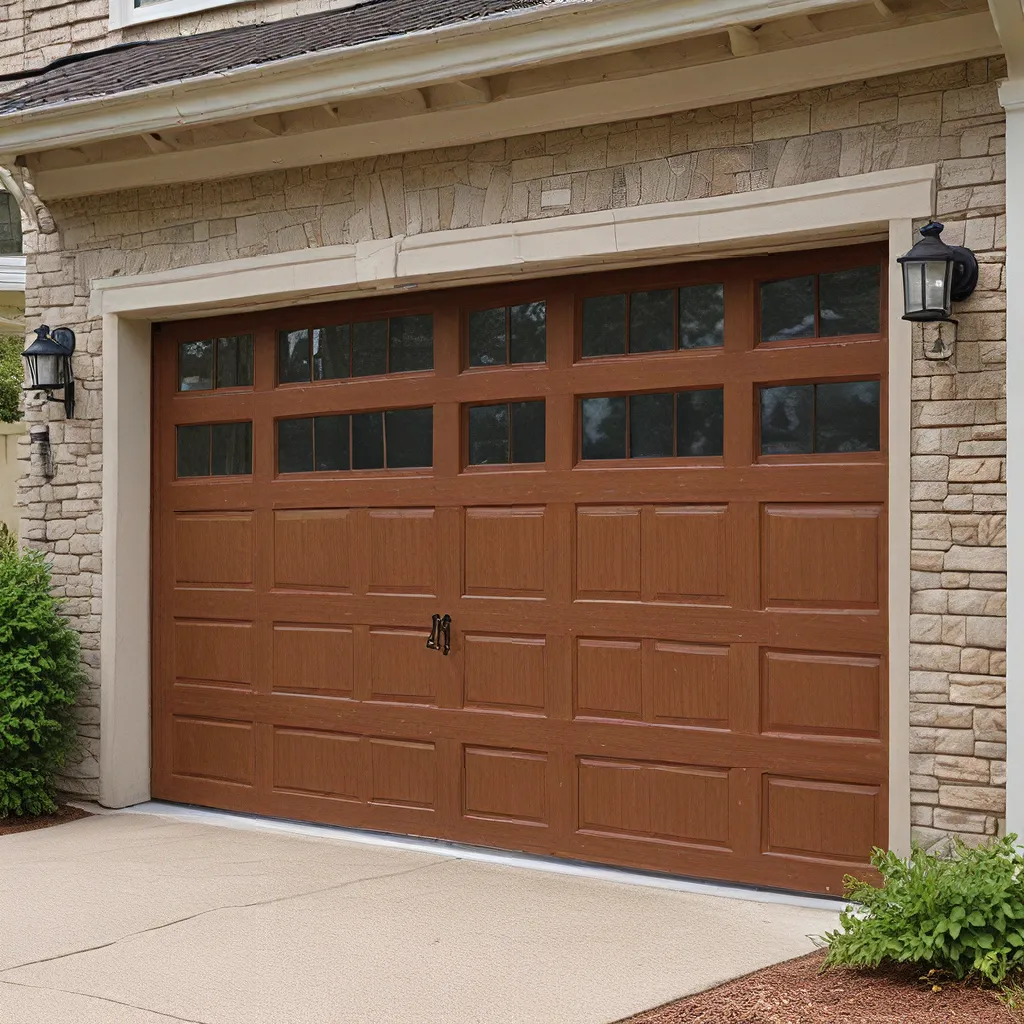
As the seasons change, maintaining the efficiency and integrity of your garage door becomes crucial for both your home’s comfort and your energy bills. Garage doors play a significant role in regulating the temperature and insulation of your living spaces, making weatherization a critical aspect of home maintenance.
Understanding Heat Flow and Insulation
To effectively weatherize your garage door, it’s essential to understand the principles of heat flow and the role of insulation. Heat can move through your home in three primary ways: conduction, convection, and radiation.
Conduction is the transfer of heat through solid materials, such as when a spoon in a hot cup of coffee conducts heat through its handle to your hand. Convection is the movement of heat through liquids and gases, which is why warmer air rises and cooler air sinks. Radiant heat travels in a straight line and warms any solid object in its path that absorbs its energy.
Insulation plays a crucial role in slowing down both conductive and convective heat flow, while radiant barriers and reflective insulation systems work by reducing radiant heat gain. The effectiveness of an insulation material is measured by its R-value, which represents its resistance to heat flow. The higher the R-value, the greater the insulating effectiveness.
Identifying Optimal Insulation Requirements
The amount of insulation required for your garage door depends on your climate, the type of heating and cooling system you have, and the specific area of the house you plan to insulate. The U.S. Department of Energy’s climate zone map can help you determine the recommended R-values for your region.
For garage doors, the recommended R-values can range from R-8 in warm climates to R-18 in cold climates. However, it’s essential to consult with a local insulation contractor or a professional door installer to ensure you choose the right insulation solution for your specific needs.
Selecting the Right Insulation Materials
When it comes to insulating your garage door, you have several options to consider. The most common types of insulation materials include:
- Fiberglass: A bulky fiber material that resists conductive heat flow in a building cavity.
- Rockwool: Another type of bulky fiber insulation that performs similarly to fiberglass.
- Cellulose: A loose-fill insulation made from recycled paper products.
- Rigid foam boards: Trapping air or another gas in their cells, these materials resist conductive heat flow.
- Radiant barriers and reflective insulation systems: Highly reflective materials that re-emit radiant heat, reducing cooling loads.
The choice of insulation material will depend on factors such as R-value requirements, indoor air quality concerns, life cycle costs, and ease of installation. Some insulation strategies may require professional installation, while others can be easily handled by homeowners.
Weatherizing Your Garage Door
Proper weatherization of your garage door involves more than just insulation. Here are some key steps to consider:
-
Inspect and Seal Gaps: Carefully inspect your garage door for any cracks, gaps, or openings that could allow air leaks. Use high-quality weatherstripping and caulk to seal these areas and improve the door’s airtightness.
-
Upgrade to Energy-Efficient Doors: If your garage door is outdated or in poor condition, consider upgrading to a new, energy-efficient model. Modern garage doors often feature advanced insulation, better seals, and smart technologies that can significantly improve your home’s overall energy efficiency.
-
Maintain and Adjust the Door: Regular maintenance and adjustments can help ensure your garage door operates smoothly and maintains a proper seal. This includes lubricating moving parts, tightening hardware, and making adjustments to the door’s alignment and balance.
-
Utilize Smart Technologies: Embrace the latest smart home technologies to enhance your garage door’s efficiency. Features like automatic openers, remote monitoring, and energy-saving settings can help you better manage your home’s temperature and energy usage.
By following these steps, you can effectively weatherize your garage door, preparing your home for seasonal temperature changes and maximizing energy efficiency. Remember, a well-insulated and properly sealed garage door can make a significant impact on your overall home comfort and utility bills.
Partnering with Professionals
While some weatherization tasks can be handled by homeowners, it’s often beneficial to work with a reputable door repair and installation service like MW Door Service. These professionals have the expertise and resources to assess your specific needs, recommend the best solutions, and ensure proper installation and maintenance of your garage door.
Working with a trusted door service provider can also give you access to the latest technologies, materials, and industry best practices, helping you achieve optimal energy efficiency and long-term value for your home.
Conclusion
Garage door weatherization is a crucial aspect of maintaining your home’s comfort, energy efficiency, and overall value. By understanding the principles of heat flow, selecting the right insulation materials, and implementing comprehensive weatherization strategies, you can prepare your home for seasonal temperature changes and enjoy the benefits of a well-insulated and properly sealed garage door.
Remember, investing in professional door repair and installation services can be a smart decision, as they can provide expert guidance, high-quality workmanship, and ongoing support to keep your garage door operating at its best. With the right approach, you can maximize the efficiency and longevity of your garage door, contributing to the overall comfort and energy savings of your home.


